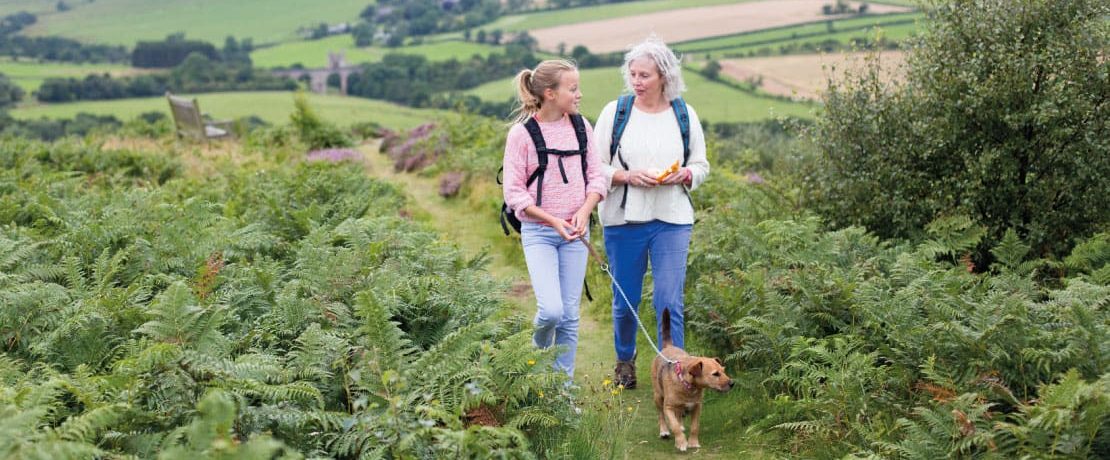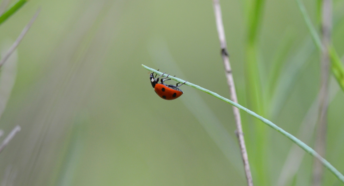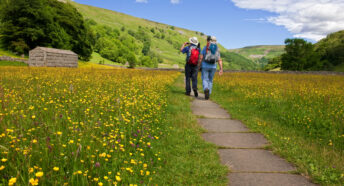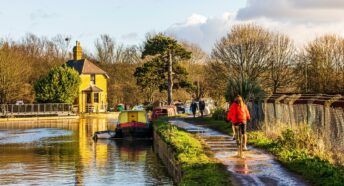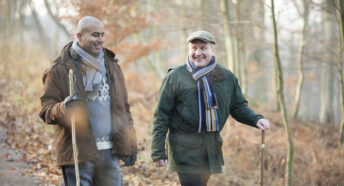A countryside walk in July
As we hit the peak of summer, we’re treated to an abundance of life, and so a countryside walk in July is a great way to surround yourself with the sights and sounds of nature.
A countryside walk in July is a full-on experience, because the natural world is super busy during this month. Birds are scoffing copious amounts of food to sustain their young. Insects are buzzing across meadows and wildflowers, collecting pollen and foraging nectar. Plants are lush and tall, with roadsides, grassland and parkland densely packed with grasses and colourful blooms.
If you managed to take a stroll (or several) in June, hopefully you spotted some of the things we mentioned in our previous article. We always love seeing and hearing about your countryside discoveries, so do share those with us so that we can celebrate the splendour of our green spaces together.
You can get in touch with us via Facebook, Instagram or Twitter.
Now, let’s take a closer look at what we might find out and about in July.
Butterflies and moths on the wing
You may have spotted butterflies and moths already, but July is the best time to see these beautiful insects around in good numbers.
After hatching, moths and butterflies spend much of their lives as caterpillars, and as we know, caterpillars are very hungry! Different species opt for different plants to feed on (known as food plants), but in general the best places to find moths and butterflies are in species-rich green spaces, where there are plenty of tasty leaves to munch on, and flowers for sweet nectar.
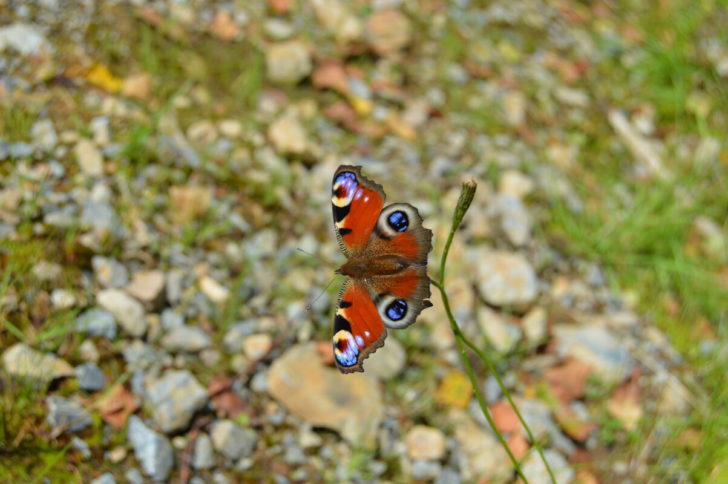
To give yourself a great chance of spotting butterflies and moths this July, we’d recommend heading to a meadow or area of accessible grassland near you. Ideally, it’ll be unimproved land (which means it hasn’t been ploughed or fertilised). Among the swathes of plant life, you may find butterflies such as skippers, meadow browns, marbled whites, blues; and moths such as burnets, various hawk-moths and cinnabars.
Many moths only fly at night, and love highly scented flowers. So, an evening walk, even in your very local area, is a good opportunity to spot them, as they’ll be attracted to garden plants such as honeysuckle, valerian, jasmine and evening primrose.
Chirping in the grass
A walk in the countryside can be an experience for all the senses. Crickets and grasshoppers are very active during July and so you’re likely to hear them in a variety of green spaces. Both insects make a distinctive sound that is so characterful of summer; their chirping filling the warm July air.
However, these two similar insects make music in different ways. Crickets rub their wings together; they have ridged veins at the base of their wing that make a noise when rubbed against each other. Grasshoppers on the other hand rub their hind legs against their wings. This kind of noise is called stridulation, which is derived from the Latin ‘stridulus’, meaning shrill. In most cases, they make this noise to attract a suitable mate, and it is usually the male that ‘sings’.
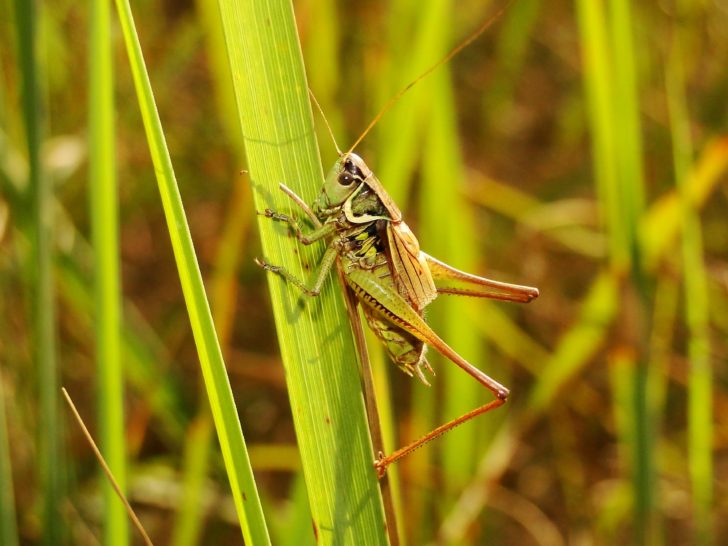
Both crickets and grasshoppers are excellent at the art of camouflage, and because they’re very sensitive to vibrations, usually stop chirping when we approach. This makes spotting them a tricky, but rewarding, challenge!
From sound alone, it can be difficult to tell crickets and grasshoppers apart, but there are a few other tells that might help. Grasshoppers are typically more active during the day, and crickets at night, so the time of the day can be a good indicator. If you do manage to spot one in the long grass, another good indication is their antenna; a grasshopper’s is usually short and stubby, and a cricket’s long and wispy.
Wildflower meadows
We’re following a similar theme here, but July is also when wildflower meadows are at their most lush, most vibrant, and most breathtaking. In fact, July is the month we celebrate National Meadow Day in the UK!
Sadly, we’ve lost a staggering 97% of our wildflower meadows in the UK since 1930. These beautiful spaces, so representative of our countryside, support a huge diversity of life, from the tiniest of insects, to bees, butterflies, moths, birds, bats, rodents and more.

The type of plants you might find in a meadow varies depending on where in the country you are, its topography and soil structure. However, some plants and flowers to look out for include the common but beautiful ox-eye daisy, the yellow pea-like flowers of birds-foot trefoil, red or white clover and the rich purple of knapweed (a member of the thistle family). The best meadows for wildlife also feature a variety of native grasses, which make excellent foodplants for caterpillars as well as habitats for small animals like field mice.
While the number of meadows in the UK has declined so massively, various conservation and community groups across the country have worked hard to restore wildflower meadows. Whether it’s a small meadow in your local park, or a larger meadow managed by a conservation charity, be sure to take a gentle stroll around one in July and marvel at the life within!
Busy birds
While most ‘garden’ birds start becoming more active in early spring, July is a great opportunity to see a huge range of birds – in parks, gardens, and open countryside.
In July, many birds will be raising young (some may even be on their second brood!) and so the adults will be actively seeking out high protein foods: insects, caterpillars, worms and seeds. Common birds to see in July include: blue, great, coal and long-tailed tits, blackbirds, chaffinches, chiffchaffs, sparrows, blackcaps and starlings. Also look out for the pink-chested flash of a male bullfinch.
Not only that, but July is the ideal time to catch sight of the migratory birds that usually return to warmer climes in August or September. Look (or listen) out for swifts, house martins and swallows as they dive and swoop through the sky, and willow warblers in woodland and gardens.
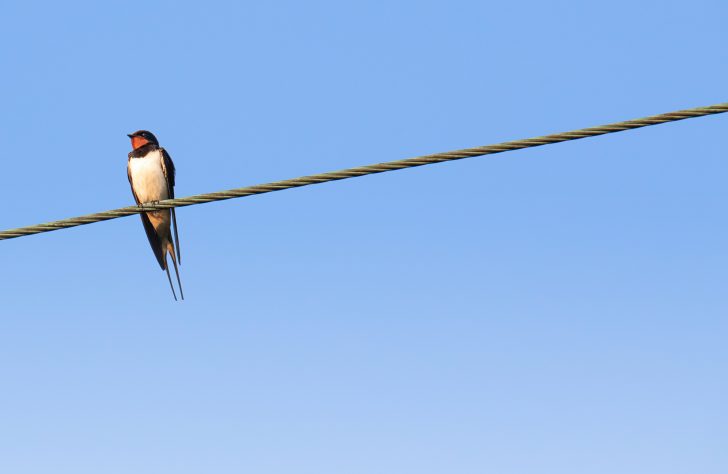
If you’re having trouble identifying a bird, you can visit the RSPB website for help or check out this CPRE guide on dawn chorus birdsong.
That’s it for this month – but always bear in mind that these lists aren’t exhaustive. We hope you’re able to explore your local countryside and green spaces this month, and check back soon when we’ll share the delights of a countryside walk in August.
Happy walking!
